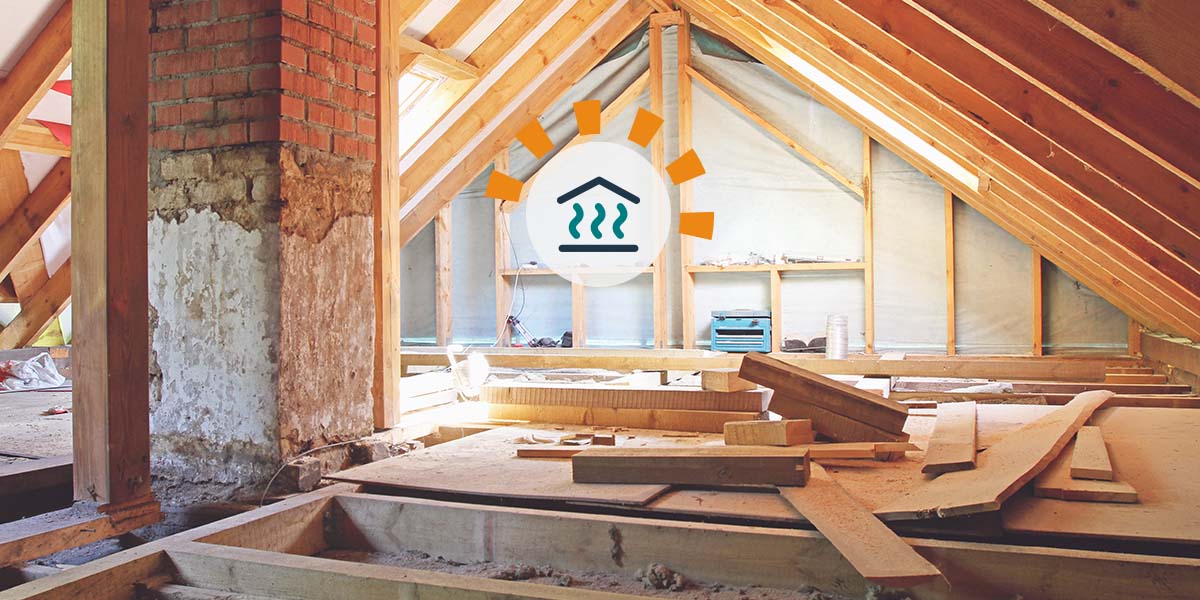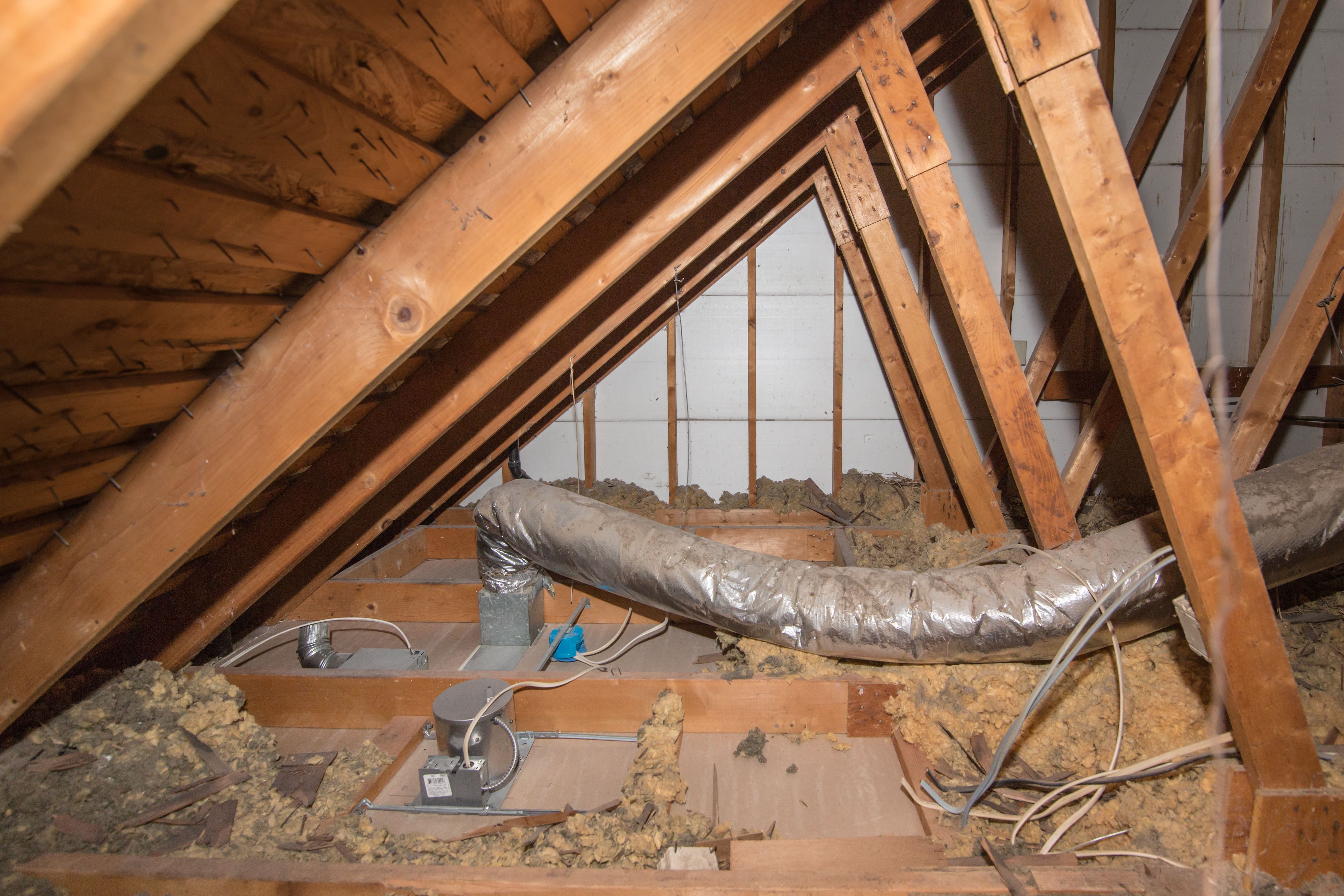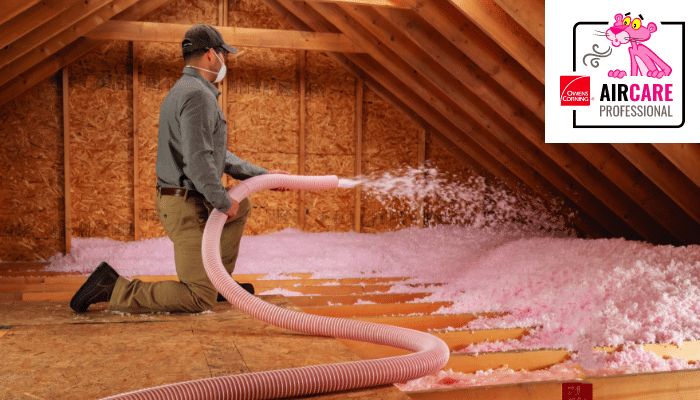Why Attic Insulation DFW is Essential for Energy Performance in Dallas-Fort Worth
Discover the Various Kinds of Attic Insulation and Their Special Benefits for Your Home's Power Efficiency

Fiberglass Insulation
Fiberglass insulation is one of the most generally used products for attic room insulation because of its superb thermal performance and cost-effectiveness. Composed of little glass fibers, this material successfully traps air, developing an insulating obstacle that helps preserve consistent indoor temperatures. Its high R-value per inch makes it particularly efficient at standing up to warmth transfer, which is crucial for energy preservation in homes.
Setup of fiberglass insulation is reasonably simple, usually available in batts or loose-fill kinds, accommodating numerous attic room setups. In addition, it is non-combustible and immune to moisture, decreasing the threat of mold development. This longevity contributes to its durability, making fiberglass a practical long-lasting investment for house owners.
Moreover, fiberglass insulation is typically produced from recycled products, which boosts its eco-friendliness. The material can also contribute to soundproofing, reducing noise transfer between areas. While it is crucial to wear protective gear throughout installation to prevent irritation from the fibers, the overall benefits of fiberglass insulation, including power savings and ecological considerations, make it a popular selection for boosting attic efficiency and promoting a comfy living atmosphere.
Spray Foam Insulation
Spray foam insulation is a highly efficient option for attic insulation, understood for its exceptional air sealing and thermal efficiency. This innovative insulation product is composed of a mix of isocyanate and polyol material, which, when incorporated, broadens swiftly to fill gaps and tooth cavities in the attic room room. Its capability to adhere to numerous surfaces makes sure a constant barrier against air leaks, dramatically lowering warm loss during cooler months and heat gain during warmer periods.
Among the vital benefits of spray foam insulation is its high R-value per inch, which suggests it provides outstanding thermal resistance in a reasonably slim application. This is particularly beneficial in attics where space is typically minimal. In addition, spray foam can help decrease dampness build-up, reducing the threat of mold and mildew development, which can be harmful to both the structure and indoor air high quality.
While the first expense of spray foam insulation might be greater than traditional alternatives, its long-lasting energy financial savings, combined with raised convenience and improved home value, make it a rewarding financial investment for property owners seeking boosted energy performance. Attic Insulation DFW. On the whole, spray foam insulation stands out as a reliable service for optimizing attic insulation
Cellulose Insulation

Cellulose insulation is a prominent option for attic room insulation, primarily made up of recycled paper products treated with fire resistants. This eco-friendly alternative is known for its superb thermal performance, properly decreasing warm transfer in both summer and winter season. The thick composition of cellulose enables it to fill spaces and spaces in attic room rooms, offering a seamless barrier versus air leaks.
Among the significant advantages of cellulose insulation is its ability to withstand mold and mildew and pests, owing to the fire resistant treatments made use of during manufacturing. In addition, it flaunts a high R-value per inch, which translates right into remarkable energy performance. Homeowners can anticipate lower cooling and heating expenses as a result of enhanced insulation.
Installment is normally accomplished via blowing loosened cellulose into the preferred location, permitting a fast and efficient procedure. This method likewise minimizes disturbance to the existing structure. Additionally, cellulose insulation has a fairly reduced ecological effect, as its manufacturing procedure makes use of recycled products, adding to sustainable building methods.
Rock Wool Insulation
Among the numerous alternatives for attic insulation, rock woollen, likewise understood as mineral wool, sticks out as a result of its impressive thermal and acoustic performance. Made from recycled or natural materials, rock wool is created by thawing rock and rotating it right into fibers, leading to a product that offers outstanding insulation residential or commercial properties.
One of the significant benefits of rock woollen insulation is its high R-value, which shows its efficiency in resisting warmth flow. This characteristic not only improves energy efficiency but additionally adds to keeping a comfy indoor temperature year-round. Additionally, rock wool is naturally fireproof, making it a safer option for homes as it can stand up to heats without melting or releasing poisonous fumes.
Moreover, rock wool insulation stands out in soundproofing abilities, efficiently lowering sound transmission between areas and from outdoors resources. In general, rock woollen insulation provides a detailed service for enhancing power efficiency, security, and comfort in domestic setups.
Radiant Barrier Insulation
Radiant obstacle insulation acts as an effective option for lessening heat transfer in attics, specifically in warmer environments. This kind of insulation works by mirroring induction heat away from living areas, consequently reducing the amount of warm that enters a home throughout warm climate - Attic Insulation DFW. Usually made up of a very reflective material, such you could look here as aluminum check my reference foil, glowing obstacles are set up in attic rooms, encountering the roof covering, where they can obstruct inbound warmth from the sunlight
The key benefit of glowing obstacle insulation is its capability to reduced cooling expenses. By showing warm instead of absorbing it, radiant barriers can help maintain a more secure indoor temperature, decreasing the workload on air conditioning systems. This effectiveness converts into lower energy expenses and boosted convenience for home owners.
Along with energy cost savings, radiant obstacles can additionally add to enhanced indoor air top quality. By lowering warmth buildup, they assist lessen humidity degrees, which can avoid mold and mildew growth and enhance overall air flow. When installed correctly, glowing barrier insulation can be a very useful enhancement to any type of energy-efficient home, making it a worthy factor to consider for homeowners seeking to enhance their attic room insulation method.
Conclusion
To conclude, understanding the numerous kinds of attic room insulation-- fiberglass, spray foam, cellulose, rock woollen, and radiant obstacles-- allows homeowners to make enlightened choices concerning power efficiency. Each insulation type presents special advantages, such as remarkable thermal resistance, moisture monitoring, and sound depletion. By choosing the ideal insulation product, substantial reductions in energy moved here expenses can be attained, together with enhancements in interior convenience. Eventually, the ideal choice adds to a much more sustainable living setting and promotes general power conservation.

In conclusion, recognizing the different types of attic room insulation-- fiberglass, spray foam, cellulose, rock wool, and radiant obstacles-- allows home owners to make enlightened choices pertaining to power effectiveness.